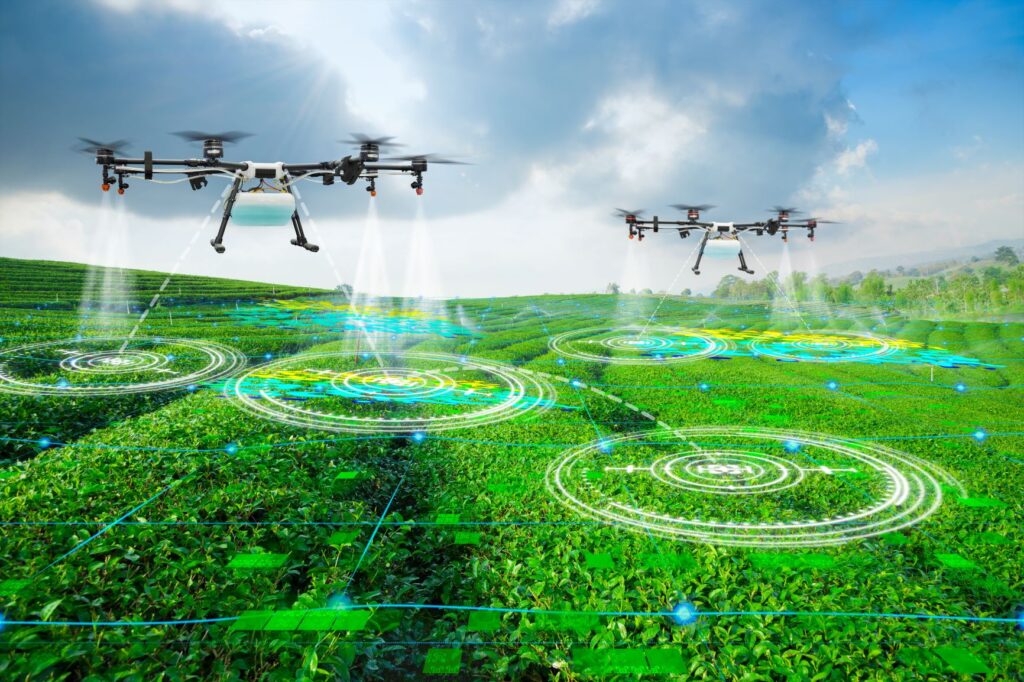Food & Climate
As land becomes scarce, agriculture must evolve to be more resource-efficient. This is where precision agriculture is making an impact – allowing for better management of agricultural inputs through advanced technologies.
Malaysia, too, is making strides in this field, according to Professor Datuk Dr Ahmad Ibrahim is from the Tan Sri Omar Centre for STI Policy, IISDS, UCSI University, and is also an Associate Fellow at the Ungku Aziz Centre for Development Studies, Universiti Malaya.
Ibrahim wrote an article, seen by “Food & Climate” platform, about the importance of Precision agriculture role.
Precision agriculture leverages technologies to enhance sustainability through more efficient use of land, water, fuel, fertilizer, and pesticides. Essentially, farmers who use precision agriculture technologies use less to grow more, reducing both cost and environmental impact.
Agriculture remains a cornerstone of the global economy – few would argue otherwise, he said.
The integration of artificial intelligence (AI), biotechnology, robotics, and blockchain is transforming agriculture worldwide. These technologies tackle pressing issues such as food security, climate change, labour shortages, and supply chain inefficiencies, he added.
AI and precision agriculture

AI is changing agriculture through data-driven decision-making, precision agriculture, and predictive analytics. AI-powered tools analyse data from sensors, drones, and satellites to optimise irrigation, fertilisation, and pest control – reducing resource waste while increasing yields, Dr Ahmad Ibrahim said.
AI models can predict weather patterns, crop diseases, and market demands, helping farmers make informed choices. AI-driven systems also monitor crop health, soil conditions, and livestock in real time, enabling early detection of problems.
Labour shortages remain a major issue in agriculture. AI-powered robots and autonomous machinery are filling the gap, performing tasks like harvesting and weeding with greater efficiency.
Biotechnology is improving crop resilience, productivity, and sustainability. Genetically modified organism (GMO) crops are designed to withstand drought, resist pests, and provide higher nutritional value – helping farmers adapt to climate change.
Precision gene-editing technologies like CRISPR (Clustered Regularly Interspaced Short Palindromic Repeats) are enhancing crops without introducing foreign DNA, making them more widely accepted.
Microbial-based solutions are replacing chemical fertilisers, reducing environmental impact and improving soil health. Meanwhile, cellular agriculture – lab-grown meat and dairy products – is emerging as an alternative to traditional livestock farming.
While the US, Brazil, and Argentina are leading adopters of GMO crops, Europe is focusing on non-GMO biotech solutions like gene editing.
Rise of robotics in farming
Robotics is automating labour-intensive tasks and improving efficiency. Self-driving tractors, harvesters, and planters reduce reliance on human labour while increasing precision, according to Dr Ahmad Ibrahim.
Drones are being used for crop monitoring, spraying, and planting – especially in large-scale farms. AI-equipped robots are identifying and removing weeds or picking fruits and vegetables with high accuracy.
Limited internet access and digital infrastructure further hinder adoption, while strict regulations on GMOs and gene-edited crops in certain regions create additional barriers. Concerns over data privacy, job displacement, and environmental impact must also be addressed.

The global agricultural technology market is set for significant growth – driven by rising food demand, sustainability goals, and rapid technological advancements. Collaboration between governments, private companies, and farmers will be crucial to ensuring equitable access and adoption.
Malaysia has made inroads in precision farming, particularly in organised plantation agriculture. However, adoption among small farmers remains limited, according to “Twenty Two“.

